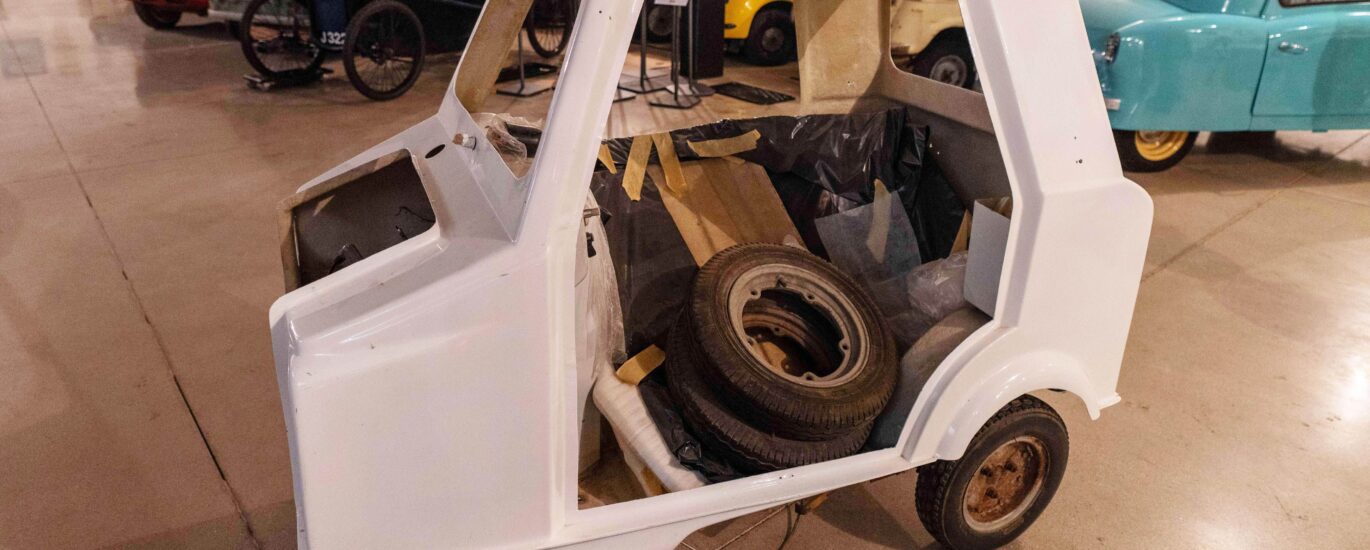Welcome to a fascinating corner of automotive history. Let’s journey back to the early 1970s in the picturesque French town of Villeneuve-la-Comtesse, where a local mechanic named Émile Boussereau embarked on a unique automotive adventure. Boussereau was approached by a young disabled person with a request: to create a vehicle that could offer easy mobility. This request was the spark that ignited the creation of the Comtesse, a microcar that would soon capture the attention of the ACOMA company.
Founded in 1972, ACOMA, short for Ateliers de Construction de Matériaux, began manufacturing the Comtesse under the name Mini-Comtesse, marking the start of a new chapter in microcar history. These tiny, L-Category vehicles were a marvel of engineering, allowing individuals to drive without a traditional driver’s license. The Mini-Comtesse quickly gained popularity, thanks in part to its novel design: a single-seater, three-wheeled car with two stabilizing wheels at the front. It featured a front-engine, front-wheel-drive configuration and was powered by a modest but efficient Sachs air-cooled engine.
The company saw great success in the microcar market, becoming the largest manufacturer of L-Category vehicles in France with a 30% market share. Over the years, ACOMA expanded its lineup, introducing models like the Super Comtesse, Comtesse Berline, and the quirky Comtesse Break, each with its own unique features and design.
Though production came to a halt in 1984, the legacy of these charming microcars lives on. They even found their way into the world of cinema, featuring in films by director Pascal Rabaté. As you explore this story, imagine the roads once filled with these delightful vehicles, each a testament to innovation and creativity born from a simple request in a small French town.





